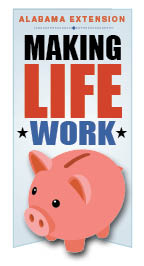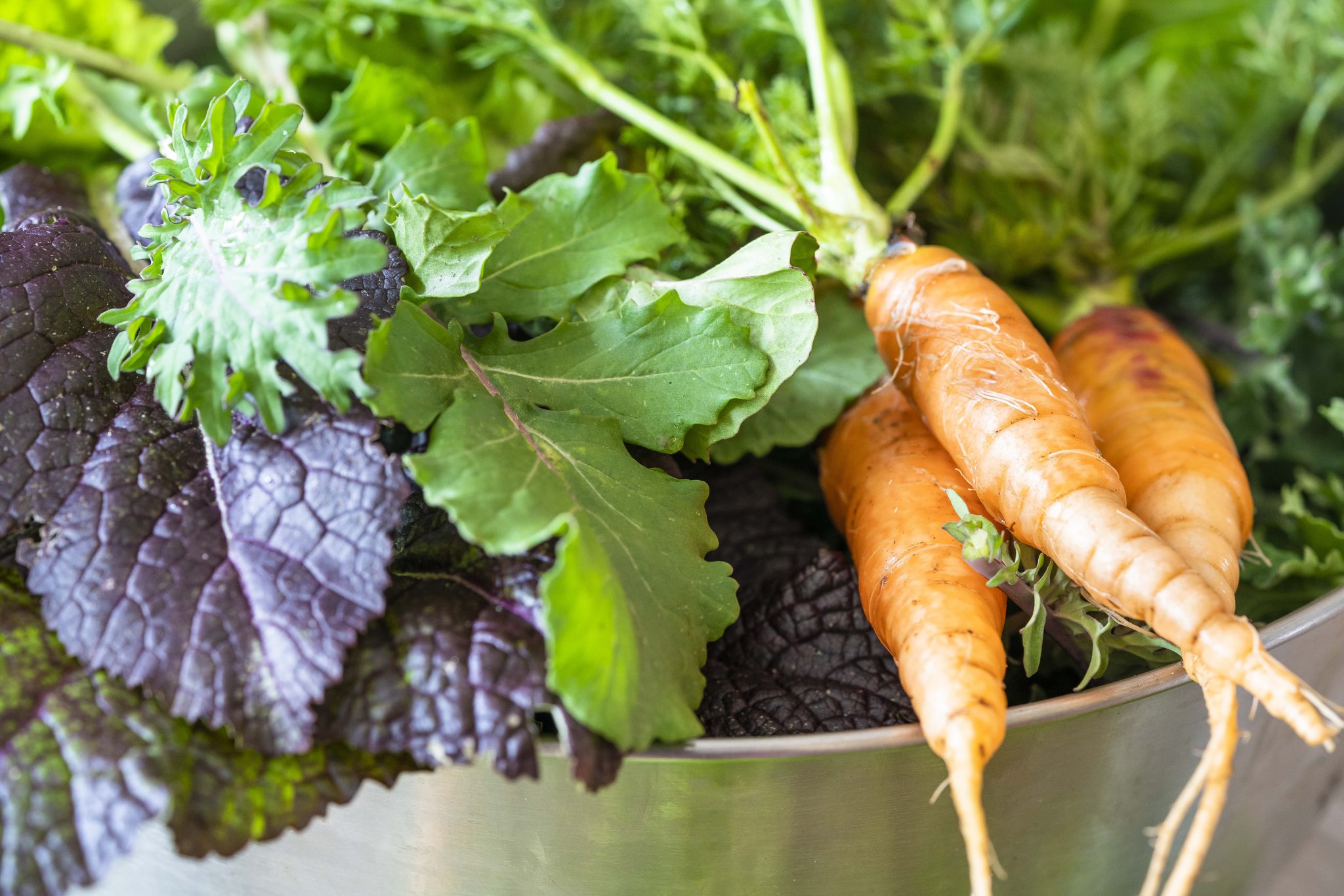Lawn & Garden

 These challenging times are sparking an interest in some back-to-basic practices. People are asking if they can save money by growing food in their backyards.
These challenging times are sparking an interest in some back-to-basic practices. People are asking if they can save money by growing food in their backyards.
The short answer: it depends. All sorts of upfront costs are associated with gardening, including buying seed, fertilizer, a tiller, raised bed materials, etc. In a manner of speaking, time is of the essence. It is possible to reap modest cost savings by raising your own produce if you and other family members are willing to invest the time required to grow and cultivate your backyard garden.
In addition to time considerations, careful planning is critical. Before committing yourself and your family to raising a garden, consider three questions: What do you want to grow? How much space will it require? Is there a sunny spot with easy access to water?
Consider which direction is north. Make sure that taller plants, such trellised beans and corn, are planted on this side to avoid shading other plants. Start small with a few vegetables in containers or with a small garden spot. Vegetable crops need daily attention to keep plants healthy. Grow your new hobby as you gain confidence.
Sunlight and adequate water are critical for success. Plant gardens in areas that receive full sun (a minimum of 6 hours sun per day) and where a water source is nearby. Drip irrigation is an inexpensive approach that saves water and reduces foliar diseases. The garden site should drain well and be as level as possible.
Before fully committing to a garden, learn as much as you can about planting the right varieties. Some varieties are more resistant to diseases than others. Find more information about home gardening at www.aces.edu.
A general guide for either in-ground gardens or raised beds is 3- to 4-foot-wide beds with paths between them. This is room to do regular garden chores from the paths. It also reduces soil compaction around your crops. For in-ground beds, make sure that you submit a soil sample for testing. The test results will tell you exactly what the plants need for healthy growth and a bountiful harvest.
Good bugs and bad bugs? All gardens have insects. Some are beneficial to your crops, and others cause damage. Squash bees are an example of good bugs. These tiny bees pollinate melons, cucumbers, and squash and are necessary for growing a harvest. Call the Gardener Helpline anytime you have questions (877) 252-4769.

